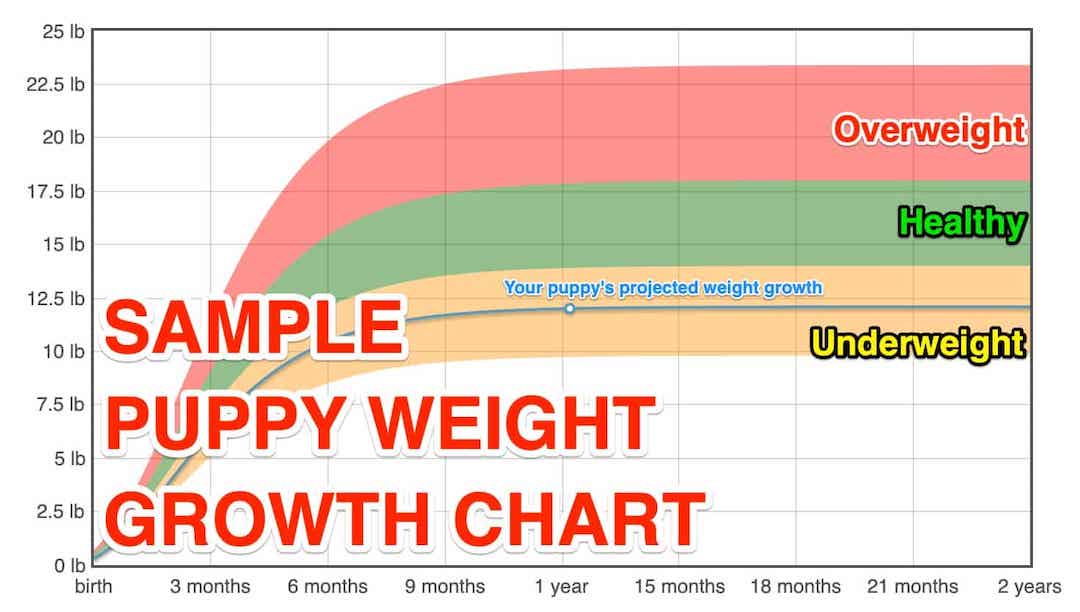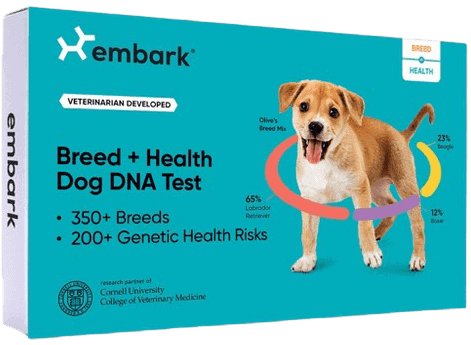
How big will your Poochon puppy grow into?
Estimate the adult weight of your Poochon puppy in 5 simple steps using our free puppy weight chart!Protect your beloved pets without breaking the bank
- Unlimited video calls & texts with vets
- Available 24/7
- Annual $3,000 emergency fund
- LIMITED TIME - 7 DAYS FREE trial
- SPECIAL OFFER - 20% OFF 1st month
Code: GOODY20
- Flexible coverage
- Hassle free claims
- Multiple pets family plan
Quiz Time!

Tips To Help Maintain Healthy Dog Weight After A Debilitating Accident
There are few things as heartbreaking as accidents involving dogs. Whether it is a traffic incident where the pooch was run over or one at home where they fell down the stairs, it can be painful to watch our furry best friends in pain. The worst kind are those that leave the doggy immobilized and thus unable to truly enjoy life.
One of the worst complications of accidents that leave the dog immobilized is obesity. This is the case especially with dogs that are already prone to being overweight either due to genetics or their insatiable appetites.
Here are a few tips to help you keep your doggy healthy after these traumatic incidences.
How accidents are linked to dog obesity
Dogs are fun-loving animals that thrive in setups where they are allowed to be in touch with their wild and free selves. Whether your dog is a naturally athletic breed or they are canine couch potato breeds, they would definitely rather be active than not.
Debilitating accidents take this freedom away from the dog and shove complications like obesity into their paws.
One way this happens is through inactivity which is pretty straightforward. If your dog is not active then they are not burning calories. If they are not burning calories then they are stocking them up as fat which makes the pooch overweight.
Your dog getting overweight may also be your fault as the puppy parent. This is because many dog owners end up feeding their injured and recovering dogs too much food out as a result of either guilt or pity. You may even find yourself feeding your dog off your plate which is never a good idea.
With the increased caloric intake and reduced activity, it is no wonder that dogs spiral into obesity after suffering immobilizing injuries. And with complications like diabetes and heart failure laying in wait, this is a problem that you cannot afford to ignore.
So what can you do to change things? Let’s find out.
How to keep your dog healthy after serious injuries
Once your dog suffers life-changing injuries, you have to completely rethink your care regimen for them. Everything changes from their exercise needs to their dietary requirements.
To help you out, here are a few changes you could implement to help keep your dog in a healthy weight range despite their physical restrictions.
Maintain a healthy diet
A healthy diet for your dog is crucial not only for weight control but also for adequate and prompt healing. Stick to high protein and low carb foods while also ensuring balance through multivitamin and mineral supplementation.
For injuries that included bone fractures, you may also want to give your dog supplements that help with bone healing including chondroitin, MSM, and glucosamine.
Work on portion control
In addition to the healthy and balanced dog food, you also have to be very careful with your portion. Every dog breed has an ideal daily recommended portion of food that they should consume.
These usually come as ranges. In the event of immobility after injuries, consider feeding your dog the amount that is on the lower limit of the range. So if you have a large dog that should eat 4 to 6 cups of dog food a day, feed them 4 cups or even 3 cups to help keep them in a healthy weight range.
Modified and low-intensity workouts
Just because your dog is not their usual athletic and energetic self it does not mean that they shouldn’t be working out. You just have to be a bit creative with how you get them to be active.
We recommend low intensity workouts like swimming if they have enough strength and confidence to do so. If not, you could just do short works at higher intervals throughout the day to help build the dog’s strength back up.
For dogs that have more serious injuries that render one or more of the limbs completely immobilized, you may have to modify at-home games and exercises to help keep them active despite their state. Something like yoyo games instead of fetch balls or small doggy puzzles should help.


